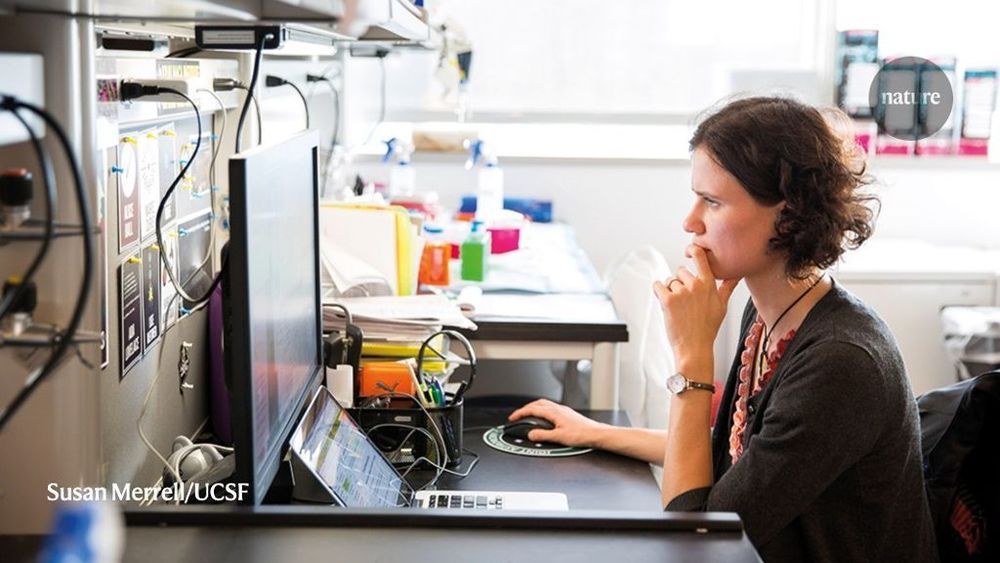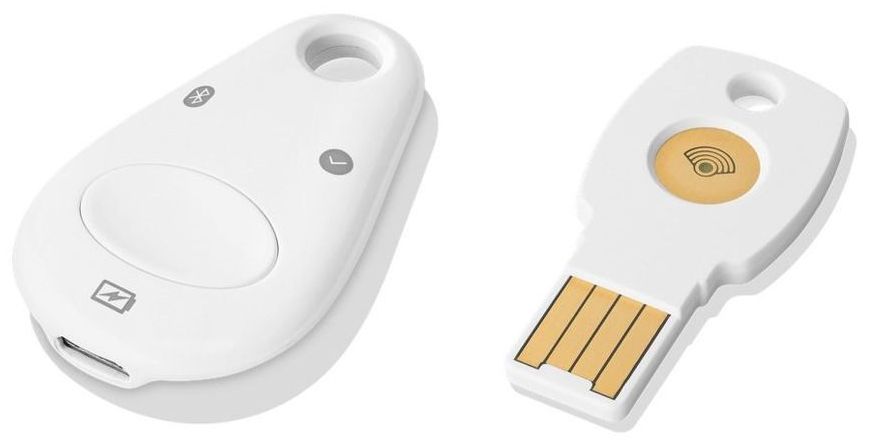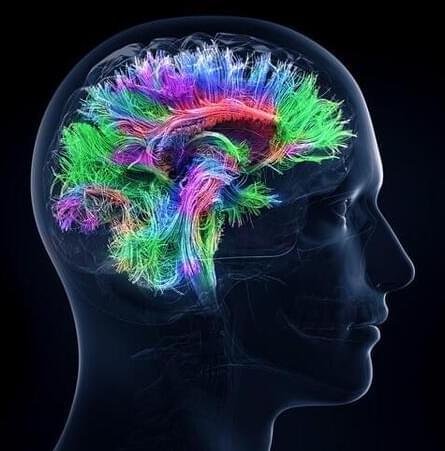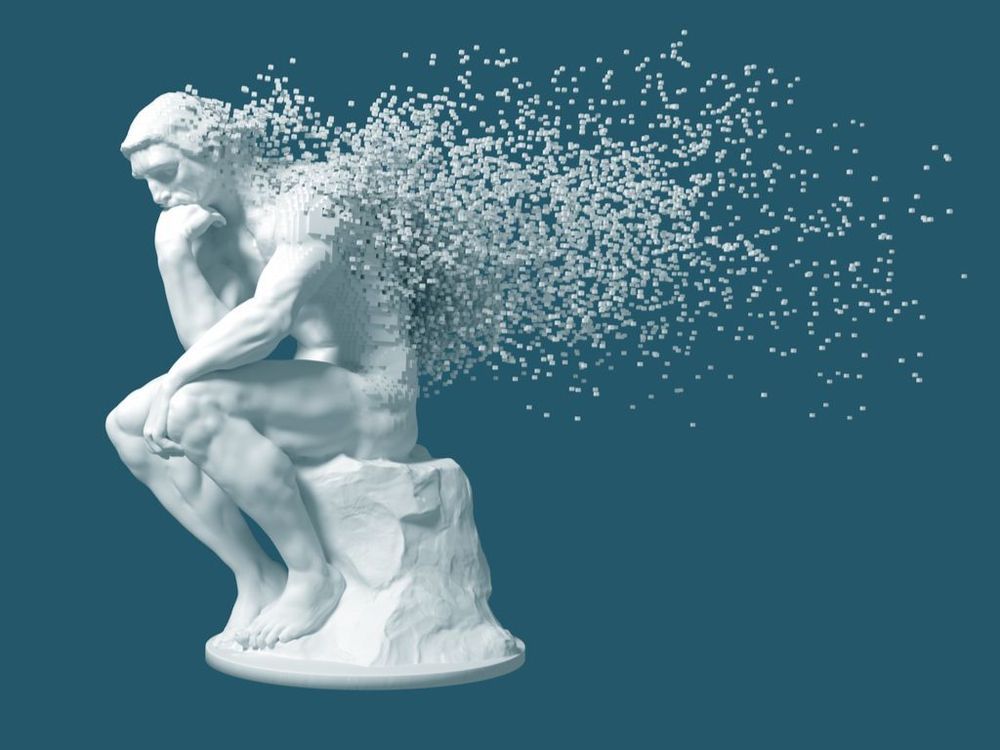As they do in many areas of medicine, stem cells hold great potential in treating injured spinal cords, but getting them where they need to go is a delicate undertaking. Scientists at the University of California San Diego (UCSD) are now reporting a breakthrough in this area, demonstrating a new injection technique in mice they say can deliver far larger doses of stem cells and avoid some of the dangers of current approaches.
The research focuses on the use of a type of stem cell known as a neural precursor cell, which can differentiate into different types of neural cells and hold great potential in repairing damaged spines. Currently, these are directly injected into the primary cord of nerve fibers called the spinal parenchyma.
“As such, there is an inherent risk of (further) spinal tissue injury or intraparechymal bleeding,” says Martin Marsala, professor in the Department of Anesthesiology at UCSD School of Medicine.









